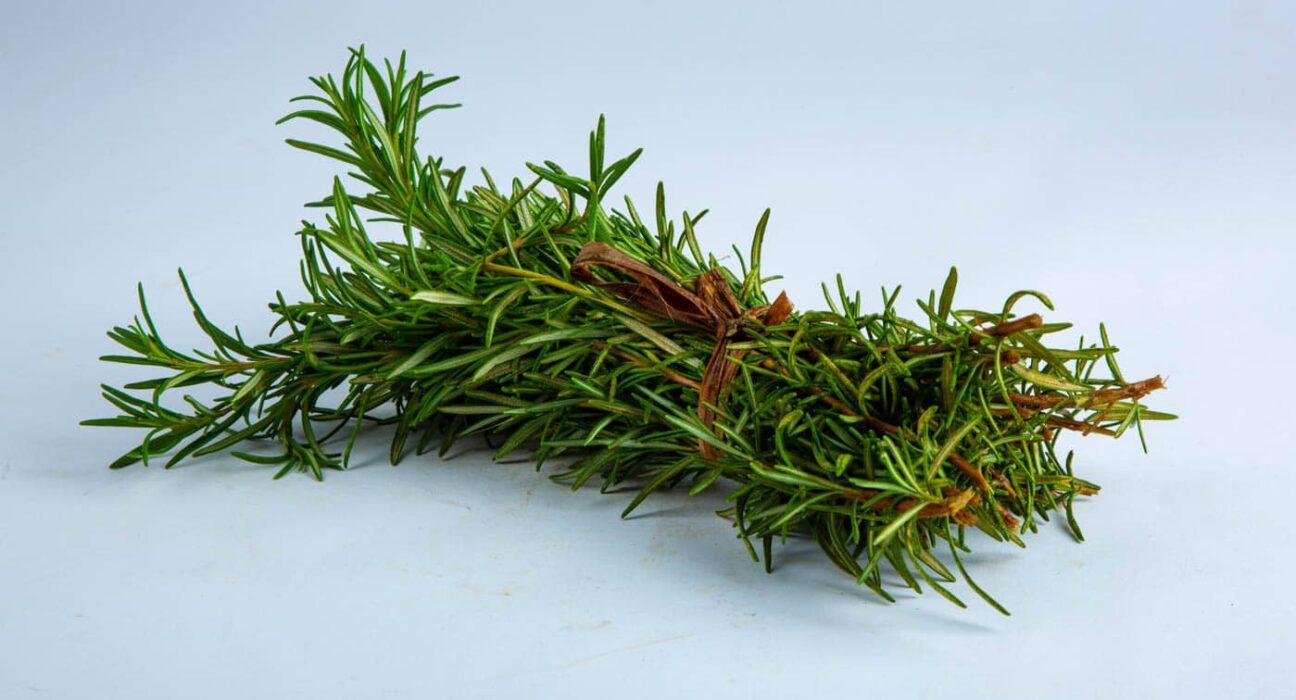Rosemary, known for its aromatic qualities and culinary versatility, is a highly valued herb in Kenya. Beyond its use as a flavoring agent, rosemary is also sought after in the pharmaceutical and cosmetic industries due to its medicinal properties. Its hardy nature and adaptability to various climatic conditions make rosemary farming a promising venture for Kenyan farmers, especially in semi-arid regions.
Rosemary Growing Areas in Kenya
Rosemary thrives best in semi-arid areas with plenty of sunlight. In Kenya, the herb is widely grown in parts of Eastern, Rift Valley, Northern Kenya, and the Coastal region. These areas provide the ideal conditions for the plant’s growth, such as moderate rainfall, well-drained soils, and warm temperatures.
Varieties of Rosemary Grown in Kenya
There are several varieties of rosemary that can be cultivated in Kenya, each with unique characteristics that make them suitable for different purposes.
1. Tuscan Blue
This variety is known for its vibrant blue flowers and dark green leaves. Tuscan Blue can grow up to 6 feet tall, making it ideal for larger farming operations. It is often favored for its strong aroma and resilience.
2. Salem
Salem rosemary is a slow-growing variety, best suited for small gardens or home use. Like Tuscan Blue, it has dark green leaves and blue flowers, but its growth is more controlled, making it easier to manage in limited spaces.
3. Arp
Arp is one of the hardiest varieties, capable of withstanding lower temperatures and harsh conditions. It is characterized by pale blue flowers and grey-green leaves. This variety is ideal for farmers in cooler or high-altitude areas.
4. Barbeque
Barbeque rosemary is popular for its robust flavor, often used in cooking. It also features blue flowers and dark green leaves and is ideal for ornamental purposes in addition to its culinary uses.
Ecological Requirements for Growing Rosemary
To cultivate rosemary successfully, farmers must ensure the following conditions are met:
- Sunlight: Rosemary requires full exposure to sunlight, ideally 6-8 hours a day.
- Altitude: It grows well at altitudes ranging from 0 to 2000 meters above sea level.
- Soil: The herb prefers well-drained soil with a pH level between 6.0 and 7.0. Waterlogged soils can lead to root rot, so proper drainage is crucial.
- Rainfall: Moderate rainfall is sufficient, with irrigation recommended during dry periods.
- Temperature: Optimal growth occurs at temperatures between 15°C and 30°C, with the ideal temperature being around 20°C.
Land Preparation
Proper land preparation is essential to ensure a successful rosemary harvest. Begin by conducting a soil test to determine its pH and nutrient content. This can be done through local agricultural extension services or private soil testing companies.
Clear the land of any weeds and level it to prevent waterlogging. Apply well-decomposed organic manure to improve soil fertility and structure, providing the necessary nutrients for rosemary to thrive.
Propagation of Rosemary
Rosemary can be propagated using two methods: stem cuttings and seeds. Each method has its own advantages, but cuttings are often preferred for quicker growth and higher success rates.
1. Propagation by Stem Cuttings
- Obtain healthy cuttings about 4-6 inches long from mature rosemary plants.
- Dip the cuttings in rooting hormone powder to stimulate root growth.
- Plant the cuttings in pots or containers filled with moist soil. After 2-3 weeks, roots will develop, and the cuttings can be transplanted to the garden or farm.
Alternatively, cuttings can be planted directly in the field, especially if the environmental conditions are suitable.
2. Propagation by Seeds
- Select a seed variety that is suitable for your climate and location.
- Sow the seeds in a container or seedling tray. After 2-3 weeks, once the seedlings have developed leaves, transplant them to the open field.
Pest and Disease Management
Although rosemary is a hardy plant, it can be affected by a few pests and diseases. Common pests include aphids, mites, and thrips, while diseases such as root rot and powdery mildew may occasionally occur.
To mitigate these issues, farmers can:
- Practice crop rotation to prevent pest buildup.
- Use resistant varieties when possible.
- Maintain proper sanitation in the field to reduce the spread of diseases.
Harvesting Rosemary
Rosemary can be harvested when the plant reaches the flowering stage. Farmers typically harvest the leaves and stems, which can then be used fresh or dried. On average, an acre of well-maintained rosemary can yield up to 4 tonnes of produce.
After harvesting, the rosemary can be sold fresh, dried, or even processed into essential oils, which fetch a higher price in the market.
Market Opportunities for Rosemary in Kenya
Rosemary has a broad market in Kenya, with demand from various sectors including:
- Pharmaceutical Industry: Rosemary is used for its medicinal properties, particularly in making herbal remedies for digestive issues, memory improvement, and anti-inflammatory treatments.
- Cosmetics Industry: The herb is a popular ingredient in shampoos, lotions, and skincare products due to its antioxidant and antibacterial properties.
- Food & Beverage Industry: As a common culinary herb, rosemary is widely used in restaurants and households for flavoring meats, soups, and stews.
- Essential Oil Export Market: Rosemary essential oil is in high demand internationally, and Kenyan farmers have the opportunity to tap into the global essential oil market.
Rosemary farming presents a profitable opportunity for Kenyan farmers, especially those in semi-arid areas where other crops may struggle. With minimal pest and disease issues, and a broad market spanning culinary, medicinal, and cosmetic uses, rosemary is a versatile crop that offers both local and export potential.
By following proper cultivation practices and tapping into the growing demand for natural and organic products, farmers can turn rosemary farming into a sustainable and lucrative agribusiness.





